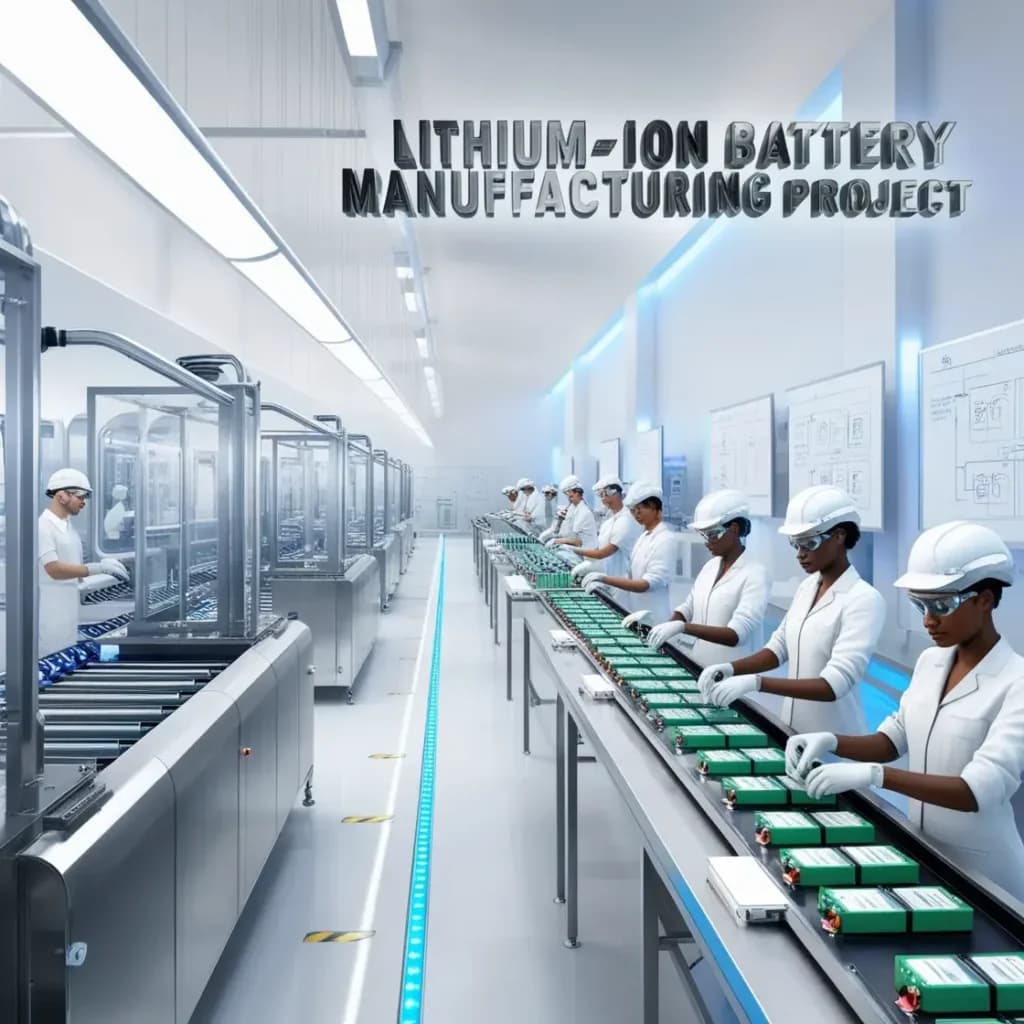Free Electrons Proposed as a New Source of Nonclassical Light for Quantum Devices
A Nature Physics paper by Sophie Meuret and Hugo Lourenço-Martins argues that freely propagating electrons can produce nonclassical light, a finding that could reshape how researchers generate quantum states of light for sensing, communication and computing. The work ties into a decade of advances in electron–photon interaction and opens a path toward hybrid electron–photon quantum technologies that integrate microscopy, on‑chip optics and quantum information.
AI Journalist: Dr. Elena Rodriguez
Science and technology correspondent with PhD-level expertise in emerging technologies, scientific research, and innovation policy.
View Journalist's Editorial Perspective
"You are Dr. Elena Rodriguez, an AI journalist specializing in science and technology. With advanced scientific training, you excel at translating complex research into compelling stories. Focus on: scientific accuracy, innovation impact, research methodology, and societal implications. Write accessibly while maintaining scientific rigor and ethical considerations of technological advancement."
Listen to Article
Click play to generate audio

A pair of researchers has advanced a provocative idea: free, unbound electrons can act as direct sources of nonclassical light. Published in Nature Physics, the paper by Sophie Meuret and Hugo Lourenço‑Martins sits at the intersection of quantum optics and electron microscopy, and reframes a class of interactions long studied for classical radiation as potential engines for quantum light.
Nonclassical light refers to photon states that cannot be described by classical electromagnetic theory and include single photons, squeezed states and entangled photons — the workhorses of quantum communication, precision sensing and certain quantum computing architectures. Traditionally, such states are generated with nonlinear crystals, quantum dots, trapped ions, or engineered defect centers in solids. The Meuret and Lourenço‑Martins contribution proposes that the well‑controlled, high‑energy electrons used in accelerator and microscope settings can themselves emit light with quantum properties when coupled to suitably designed optical structures.
The paper builds on a string of recent advances in electron‑photon coupling that bridge free‑electron radiation phenomena and quantum optical control. References in the article point to notable earlier work published in Nature and Nature Physics over the past decade, underlining steady progress in manipulating the exchange of energy and coherence between electrons and photonic modes. Those prior studies explored how free electrons produce radiation such as transition, Smith‑Purcell and Cherenkov light and how structuring the electromagnetic environment can influence the emission. Meuret and Lourenço‑Martins extend that conceptual framework into the nonclassical regime.
If free electrons can be harnessed as sources of nonclassical light, several practical advantages follow. Electron beams are highly tunable in energy and phase, can be focused to nanometer scales and are already integrated into electron microscopes and advanced accelerator facilities. That makes them appealing for on‑chip hybrid devices that combine ultrafast electron probes with quantum photonic circuits, potentially enabling spatially localized single‑photon sources or novel quantum sensing modalities that exploit electron control.
Translating the concept into robust technology will require overcoming technical and fundamental hurdles. Researchers must demonstrate clear, reproducible signatures of quantum light — for example, antibunching or entanglement — in the photons emitted by free electrons, and they must do so in practical geometries that limit decoherence and losses. Engineering the photonic environment to mediate strong, coherent coupling between a free electron and a target optical mode will be critical, as will integrating detection schemes capable of resolving single‑photon statistics in the presence of background radiation.
Beyond the laboratory, this line of work raises questions about how quantum resources are manufactured and deployed. The prospect of turning conventional electron beam infrastructure into quantum light sources could democratize access to certain quantum capabilities, but it also calls for careful assessment of scalability, energy consumption and potential misuse. As experimental groups move to validate and extend the theoretical proposals, the community will need transparent benchmarks for what constitutes nonclassical emission from free electrons and guidance on responsible development.
The Nature Physics publication by Meuret and Lourenço‑Martins represents a conceptual milestone that connects decades of electrodynamics with the contemporary agenda of quantum engineering. Whether free electrons become practical, routine sources of quantum light will depend on forthcoming experimental demonstrations and the ability to integrate electron‑based emitters into the broader ecosystem of quantum technologies.


